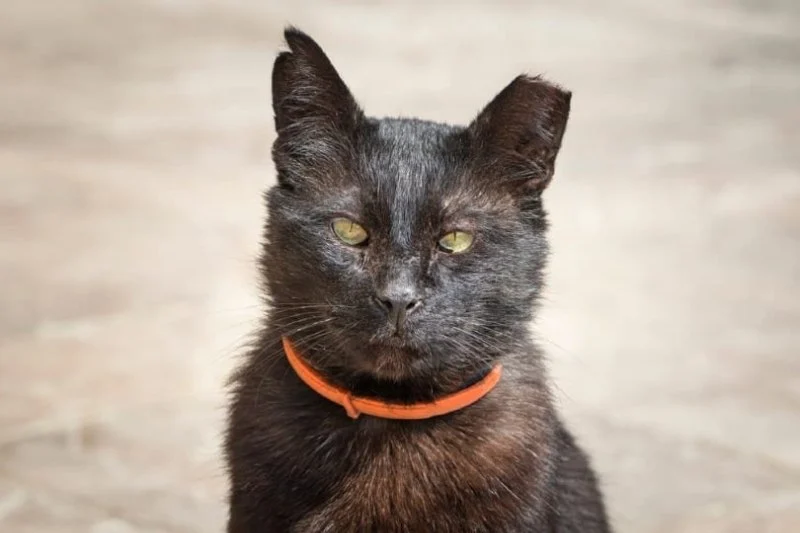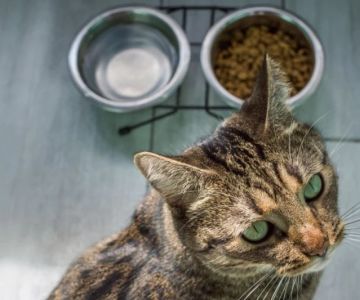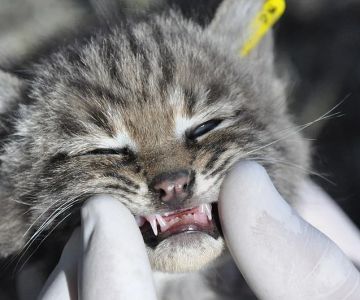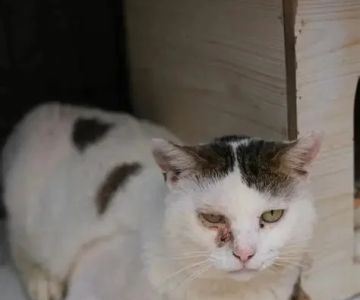
- 1. Understanding TNR: What Does It Mean for Your Kitten?
- 2. What Does a Notched Ear on a Kitten Indicate?
- 3. The Benefits of TNR Programs for Animal Welfare
- 4. How TNR Programs Are Implemented
- 5. Real-Life Examples of Successful TNR Programs
1. Understanding TNR: What Does It Mean for Your Kitten?
If you’ve noticed that your kitten has a notched ear, it might raise some questions. One common reason for this ear notch is participation in a TNR program. TNR stands for Trap-Neuter-Return, a method widely used to manage and reduce feral cat populations. The practice involves humanely trapping feral cats, neutering or spaying them, and then returning them to their original location. The ear notch serves as an indicator that the cat has been part of this program.
These ear notches are a simple, non-invasive way to identify feral cats that have already been neutered or spayed, preventing the unnecessary trapping of the same cat again. The notching process is quick and painless for the cat, and it helps manage their numbers more effectively in the long term.

White Fish Reef
San BernardinoSan Bernardino CountyCalifornia
4080 Grand Fir Ln, San Bernardino, CA 92407, USA
2. What Does a Notched Ear on a Kitten Indicate?
When a kitten has a notched ear, it’s typically a sign that it’s been through a TNR program. The notch is usually made in the left ear and is intended to be a permanent marker of the cat's sterilization status. This ear notch doesn't indicate injury or illness but is instead a symbol of the cat's role in helping control the feral cat population.
The notching of the ear is usually done while the cat is under anesthesia during the spaying or neutering procedure. It’s a widely accepted method of identification in the TNR community. If you encounter a cat with a notched ear, it’s generally an indicator that the cat has been through TNR and is not a candidate for further trapping.
3. The Benefits of TNR Programs for Animal Welfare
TNR programs provide significant benefits to animal welfare and the broader ecosystem. First, by reducing the number of feral cats, TNR helps prevent overcrowding and reduces the strain on local shelters. It also prevents the suffering that often accompanies unmanaged cat populations, such as disease, malnutrition, and fighting.
Another major benefit of TNR is that it can help reduce the population of feral cats over time. Without the ability to reproduce, the population begins to decline gradually. Studies have shown that TNR is more effective and humane than traditional methods like trapping and euthanasia, which don't address the root causes of overpopulation.
4. How TNR Programs Are Implemented
TNR programs are typically run by local animal welfare organizations, rescue groups, or municipalities. They rely heavily on community volunteers who are trained in trapping techniques. The process begins by identifying feral cat colonies. Once identified, trained volunteers use humane traps to capture the cats. These cats are then taken to veterinary clinics where they are spayed or neutered, vaccinated, and treated for any medical conditions they may have.
Afterward, the cats are returned to their original locations. While they are no longer able to reproduce, they often continue to live in the area, with their numbers gradually declining over time. Some programs also provide food and shelter to the cats to ensure their ongoing well-being in the community.
5. Real-Life Examples of Successful TNR Programs
Across the United States, there are many successful TNR programs that have helped reduce the number of feral cats in communities. For example, in San Francisco, the “Fix Our Ferals” program has successfully neutered and returned thousands of cats, leading to a dramatic decrease in the feral cat population. The success of these programs is often attributed to the efforts of passionate volunteers and the support of local communities.
In addition to population control, many TNR programs have helped improve the lives of individual cats. For example, a cat colony in a neighborhood may have been living in poor conditions, but after being trapped, neutered, and returned, these cats now live healthier, more stable lives. TNR has been a win-win solution for both the cats and the communities they inhabit.
If you want to learn more about TNR programs or find out how you can support these efforts, visit Omnia Pet for more information about pet welfare and responsible cat management.








 City Veterinary Care4.0 (373 reviews)
City Veterinary Care4.0 (373 reviews) Avian Rescue4.0 (29 reviews)
Avian Rescue4.0 (29 reviews) Birdsmart4.0 (163 reviews)
Birdsmart4.0 (163 reviews) World Wide Aquarium & Pets4.0 (701 reviews)
World Wide Aquarium & Pets4.0 (701 reviews) We Talk Pets! Animal Hospital3.0 (81 reviews)
We Talk Pets! Animal Hospital3.0 (81 reviews) VCA Montgomery Road Animal Hospital4.0 (288 reviews)
VCA Montgomery Road Animal Hospital4.0 (288 reviews) The Best Pet Camera to Talk to Your Kitten Remotely
The Best Pet Camera to Talk to Your Kitten Remotely How to Choose the Right Collar for a Growing Kitten: A Complete Guide
How to Choose the Right Collar for a Growing Kitten: A Complete Guide How to Tell if Your Kitten is Bonding with You – Signs to Watch For
How to Tell if Your Kitten is Bonding with You – Signs to Watch For The Best Ways to Keep a Kitten Entertained
The Best Ways to Keep a Kitten Entertained How to Choose the Right Cat Litter for Your Kitten
How to Choose the Right Cat Litter for Your Kitten Why Is My Dog Panting So Much? Normal Behavior vs. Emergency
Why Is My Dog Panting So Much? Normal Behavior vs. Emergency